10 easy-to-grow edibles (that aren’t usually available in the supermarket)
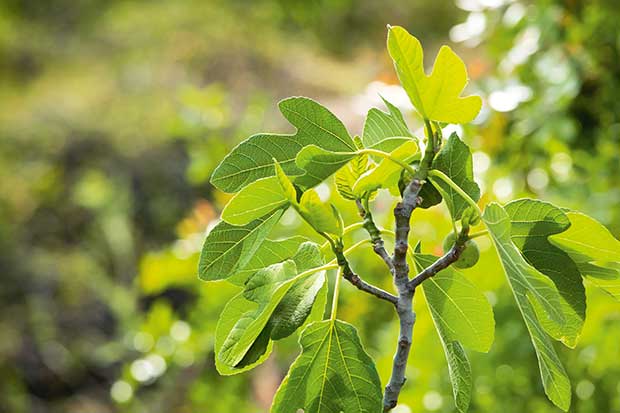
Some crops are difficult to transport.
These are tasty foods you typically can’t get in supermarkets but are easy to grow on your property.
Words: Sheryn Dean
Having a lifestyle block and growing your own food is not just about it being fresh and free. It also means you can experiment and grow things you don’t usually see for sale and expand your menu with new and exciting options.
These are examples of fruit, vegetables and nuts that are:
• not economical to grow commercially; and/or
• not possible to store and transport reliably; and/or
• not popular enough to warrant commercialisation; and/or
• too experimental in NZ
Sometimes there are good reasons why these foods are not commonly sold. Edible does not always mean palatable. I define edible as something that won’t poison you if you are about to die of starvation and need nutrition. Palatable is worth picking and eating.
I have found when fruit is described as ‘good for jam-making’, it’s also telling you it’s not much good for anything else. You can make jam from anything – with the exception of the damson plum – so I advise choosing fruit with other qualities such as tasty when fresh or long-keeping.
These are delicious, versatile food options that grow on hardy, self-sufficient plants that resist most pests and disease.
Most need more space than the average urban garden can offer. All are packed full of flavour and nutrition, and most you just can’t buy.
LOQUATS
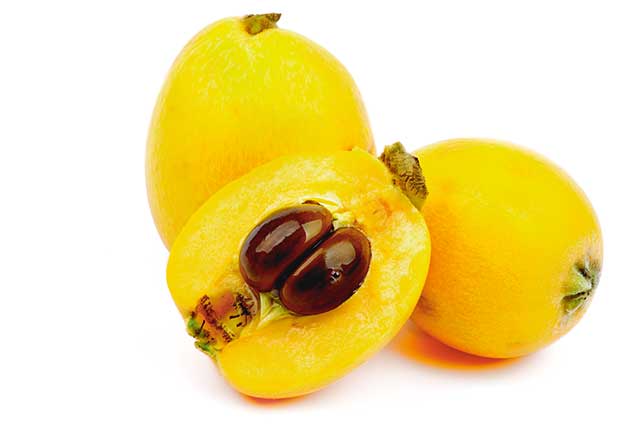
Ripe: November-December
Varieties: Mogi, Wiki Gold, Thames Pride, Kaitaia Gold
Loquats are a juicy fruit, a bit larger than a golf ball, that tastes delicious but doesn’t store or transport well enough for commercialisation. Their thin yellow skin surrounds a soft flesh and 3-5 large seeds.
They also top my list because they ripen in November and December when nothing much else is around.
They vary, in flavour of the fruit and size of the tree. Most are small trees with a fruit taste somewhere between a lychee and a mild apricot. They are very attractive, with large glossy leaves and fragrant flowers in late autumn-winter.
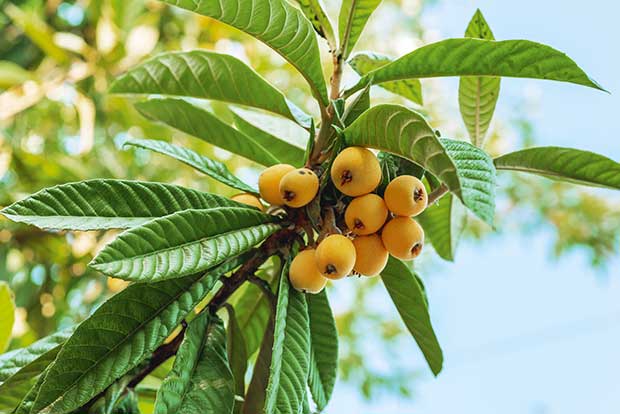
They are also easy to grow from seed, generally very hardy, and prefer full sun. While they look very tropical with their evergreen, lush growth, trees will withstand frosts down to -10°C once established.
Loquats will withstand wind – even salt winds – but have a shallow root base which can allow them to topple.
My tree didn’t particularly like being in a wet area. It developed a root-rot disease and fell over. However, it is still flourishing, but now it lies sideways.
READ MORE: How to grow loquat trees in New Zealand – PLUS uses for loquat wood
FIGS
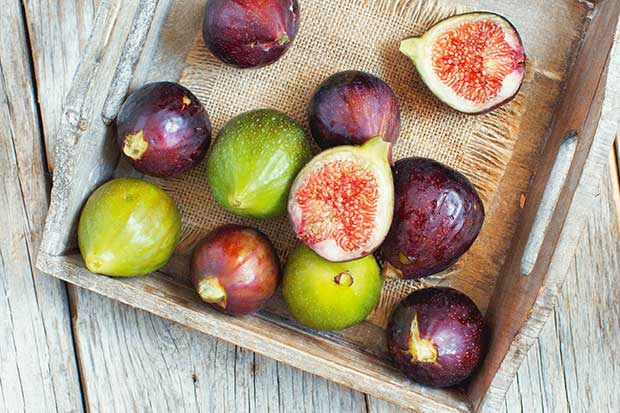
Ripe: December-April, depending on variety
Varieties: dozens of options, depending on your climate
Of all the hard-to-buy fruits, figs are my favourite. Technically they are not a fruit but a sort-of inside-out flower. They are rarely sold fresh due to the very short timeframe between not quite ready and over-ripe.
Perfectly ripe figs are nothing like the imported dried versions and have been found in Neolithic ruins dating to 5000BC.
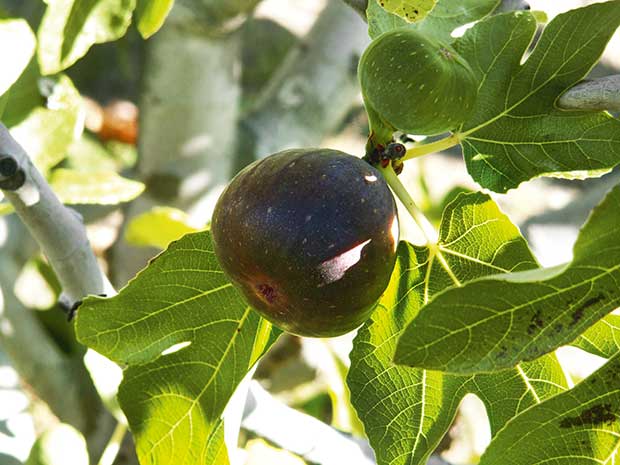
French Sugar fig.
Eat them, skin and all, cut in half with a spoonful of yoghurt, a drizzle of honey and a sprinkle of fresh nuts, or just scoop them out on top of cereal for breakfast.The trees are deciduous and quite cold-hardy, but the fruit need heat and sun to ripen.
Some varieties can have two crops a year, in spring and autumn, and different varieties ripen at different times with different flavours.
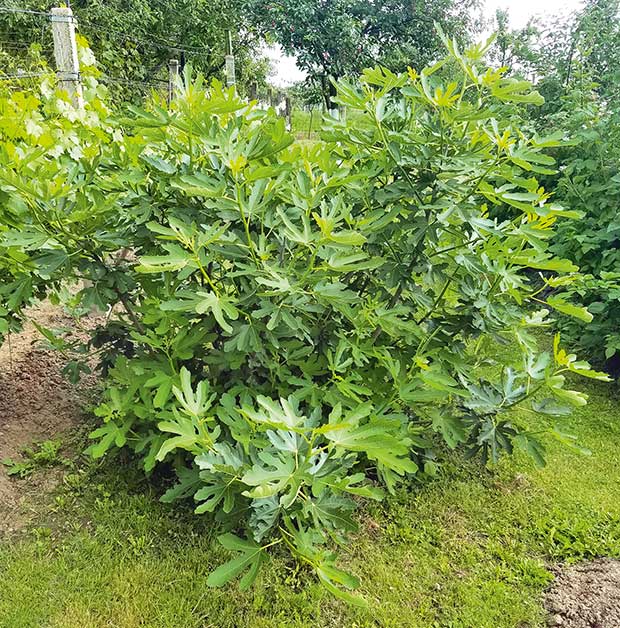
Trees can be pruned to stay small but will spread out if you let them.
The trees can be pruned and kept small but left to themselves will usually grow 2-3m tall and form a multi-trunk thicket. The extensive root system can extend some distance seeking water and nutrients.
Trees are easily propagated from cuttings or suckers.
GET THE GURU’S GUIDE TO FIGS
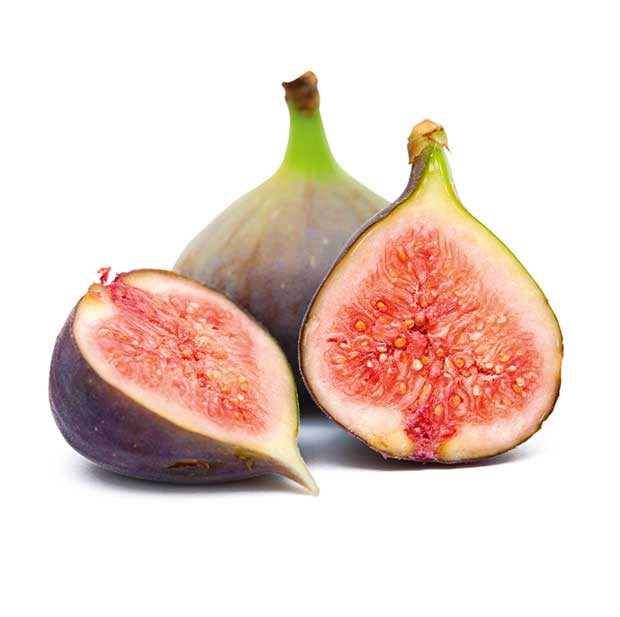
The guru of fig growing in NZ is Eric Cairns and his fig guide is available for free to Tree Crops members on its website. Joining Tree Crops is a good investment if you’re interested in growing food-producing trees. You also get to meet local growers who will have tried different types of tree crops who will share lessons from their experiments.
READ MORE: Two fab fig recipes: Fig kebabs and fig and ginger jam
MULBERRY
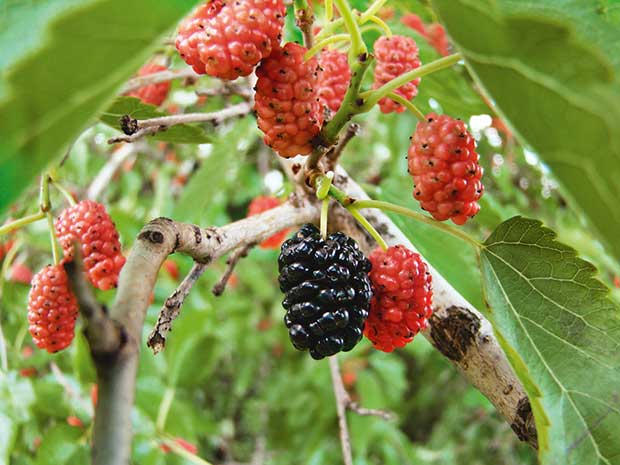
Ripe: November-January
Varieties: black, red, white
Mulberry fruit looks like a large black raspberry but has a more complex, lighter flavour.
You can get red and white mulberries, but the black one is the best for eating. Be prepared for stained hands when picking. Dress any children who may be helping in old clothes as the juice is an excellent, long-lasting dye.
The bonus of the mulberry is its leaves and stems are a good quality summer stock food (and the sole diet of silkworms, if you are raising them). It’s also an attractive specimen tree, makes a useful deciduous shelter belt and if you can’t eat all those mulberries, I assure you the birds will help.
Mulberry leaves are used both as a herb and a medicine. You can make a tea from fresh or dried leaves and small twigs.
The tree itself is quite long-lived (200 years+) and can get up to 10m high. It’s robust, coping with most conditions except extremes of high winds and deep cold. It has a deep root system which likes a deep loam soil.
CAPE GOOSEBERRY
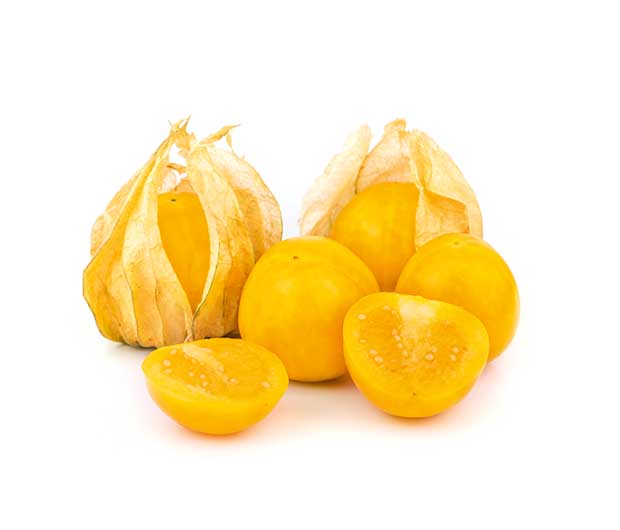
The fruit ripen in their own little lantern-like packaging.
Ripe: December-March, but can be all-year-round in a warm climate
Varieties: just one, available as seeds from Kings Seeds
I have heard people ridicule the cape gooseberry and call it a weed, but it is my sort of plant. It pops up each spring by itself, doesn’t suffer from any pest or disease and produces little globes of flavour.
The fruit are about the size of a grape and come in a biodegradable packaging that looks like a cute little paper lantern. They are in the same family as the tomato and are full of seeds too.
But the golden fruit have an intense, unique flavour and you can use them in every way, fresh to baked, sweet to savoury or even dried into raisins. Dare I mention it, they make an amazing jam. The plant is a tumbling, unruly, thigh- high bush with soft pale-green leaves. In warmer climates it will fruit all year round but it is very frost tender.
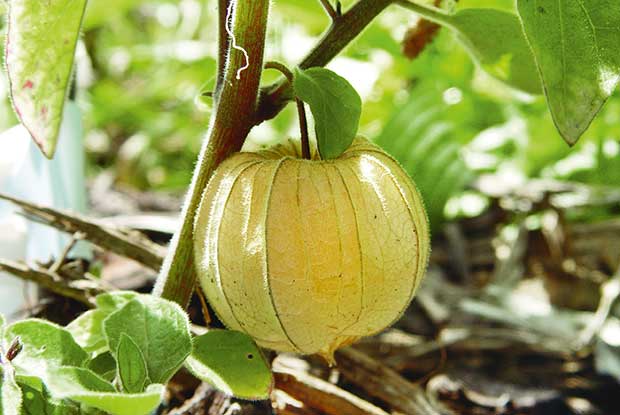
Cold kills the plant but the plentiful fruit will still self-seed. Once you have it, it will pop up each year in bare, fertile ground (for me, it’s usually somewhere in my vegetable garden) and pretty much look after itself. To ensure fruit ripens before the cold hits, I sometimes start seedlings in the glass house in early spring.
Sheryn’s tip: Don’t get too enthusiastic and order more than you can cope with – there is always next year.
LICORICE (OR LIQUORICE)
Harvest: two years after planting
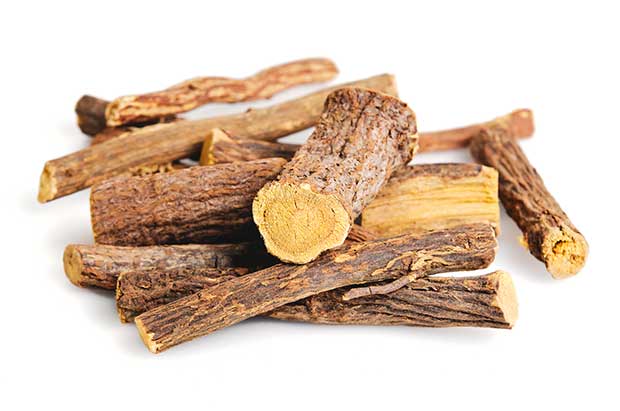
Ok, it’s not really a food. You don’t eat it. However, unlike the confectionary of the same name, licorice (Glycyrrhiza glabra) is good for you. It is a hardy, spreading, perennial shrub that grows to about a metre high, then dies back in winter.
After two or more years you can dig up the roots, wash the soil off and chew the fibre to suck out the sweet juice, or dry them for tea. The taste is definitely licorice. The plant spreads underground.
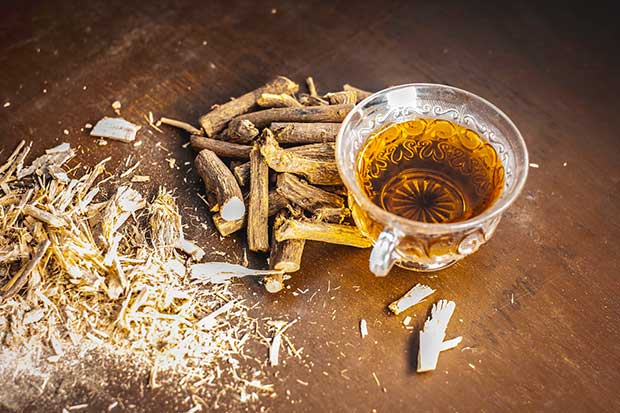
Mine grow in a patch in the orchard I can mow around. Animals enjoy grazing it and will also contain it as it’s happy to grow among the pasture grasses, with stems popping up some distance away from the original plant.
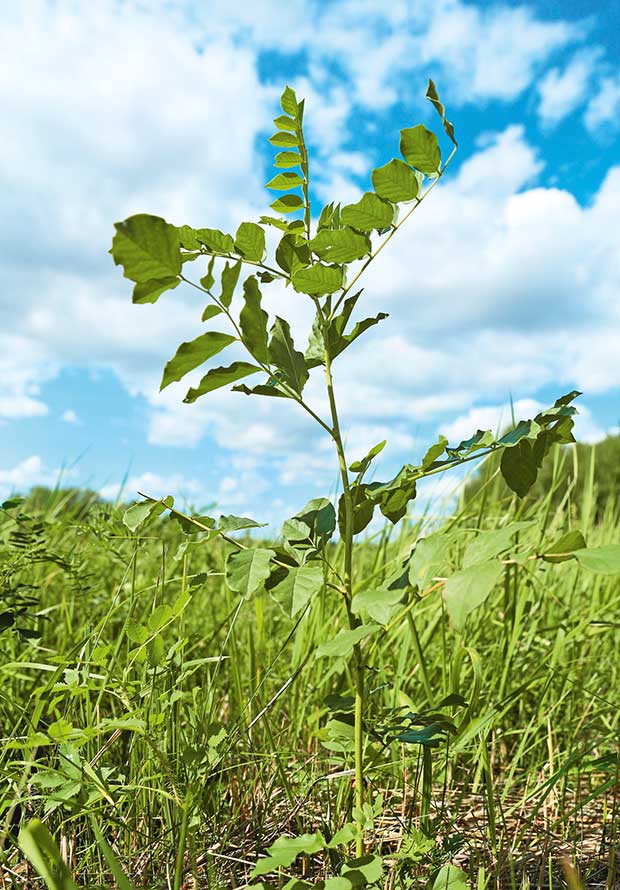
The licorice plant grows to about 1m tall.
It is a member of the legume family so will fix nitrogen and such a hardy plant it will tolerate most conditions except deep shade. Licorice grows from seed or (easily) from root cuttings. Be prepared to wait a couple of years for it to get established but then it will look after itself.
SPECIALIST APPLES
Ripe: February-May
Varieties: choose ones that suit your climate
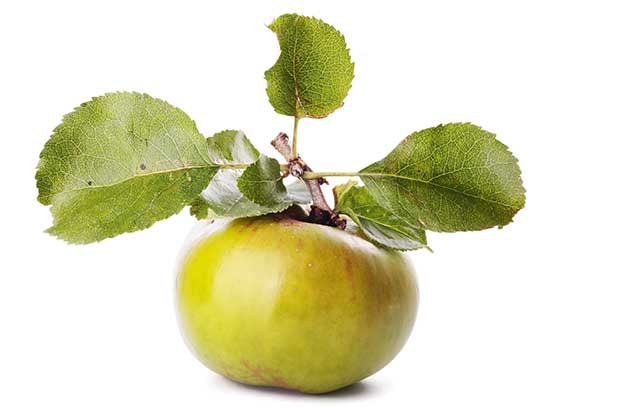
Get a true ‘cooker’ apple for superior flavour and texture.
Apples are easy to come by and can get damaged by codling moth so why bother growing them? The short answer is there are apples that you can buy in the supermarket and then there are really good apples.
Apple seedlings vary from their parent so there are thousands of different apple varieties throughout the world. To taste one hundred or so you can try them at the Wakefield Apple Fair in April or you can buy some heritage varieties at a farmers’ market. You can grow apples for cider, for cooking, for their long-keeping qualities, and for preserving.
Sheryn’s tip: Get a cooker
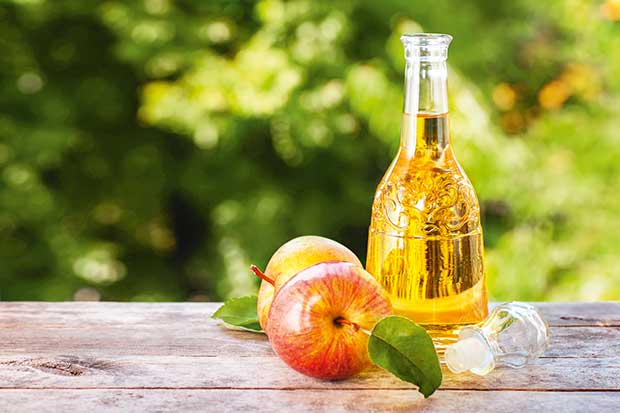
Each variety has different characteristics. I must admit I was never keen on growing one just for cooking until a gentleman sent me a box of Granny Luisa. This true cooking apple turns into ‘fluff’ on cooking. It’s light and delicate in texture, with a strong flavour that you don’t want to dilute with too much sugar. Other good cookers include Sturmer, Bramley’s Seedling, Peasgood Nonsuch and Ballarat.
FRESH WALNUTS
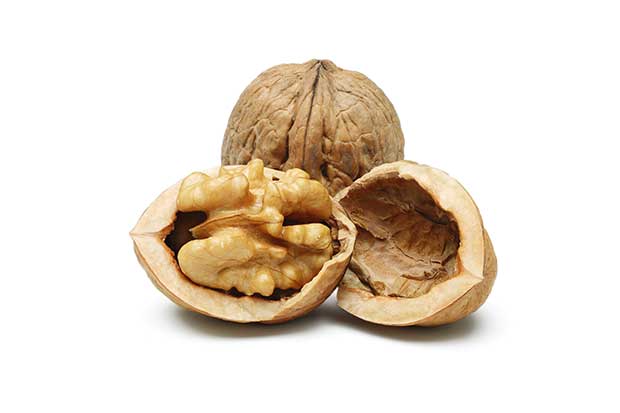
Ripe: March-April
Varieties: grafted known varieties are pricey – just plant a nut (on its side) and wait
Sacks full of fresh walnuts are the prerogative of those lucky enough to own land. Fresh, home-grown walnuts taste nothing like the sour, imported things you buy in plastic bags.
Walnuts contain 65% oil which goes rancid at room temperature. Once your walnuts are dry, spend a winter’s evening cracking them (shells burn well in the fire) and freeze the kernels to keep them fresh and sweet.
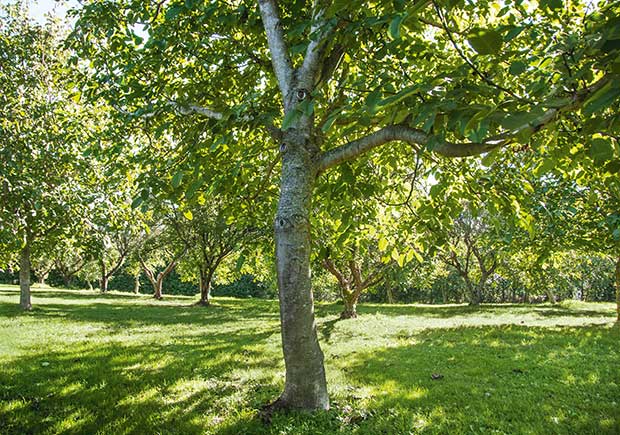
Walnut trees can grow quite large. Fortunately, unlike most nuts, they are self-fertile so you only need one. Don’t use it as the single shelter tree in a paddock. Stock congregating underneath will quickly turn the ground to mud. In healthy soil, grass will grow right up to the trunk so it is a good tree to have on the side of the driveway or at the back of the lawn.
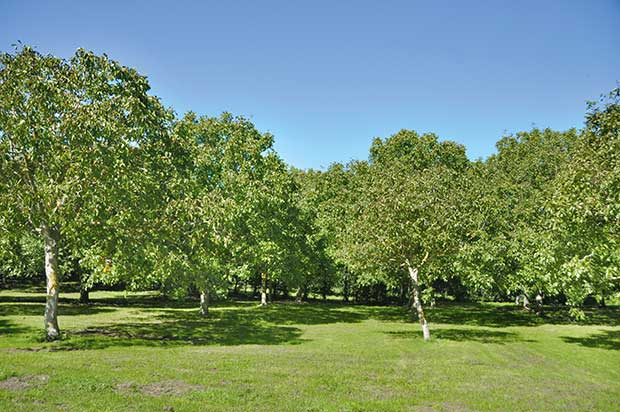
Walnut trees are quite hardy, but don’t like salt or windy conditions. They can get blight in the nuts in warm, humid parts of New Zealand and can be attacked by codling moth. Mostly they are plant-and-forget trees.
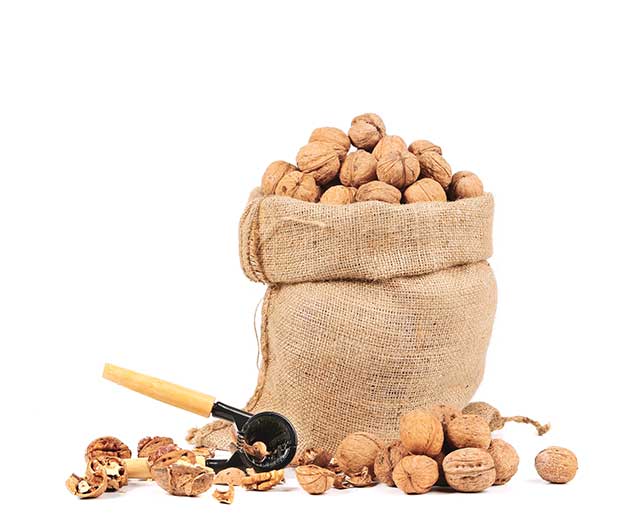
Crack nuts through winter and use the shells on the fire.
WHERE TO FIND (TOO MUCH) INSPIRATION
Any seed catalogue will show you there is a lot more to vegetables than orange carrots and green broccoli. Striped radishes, yellow tomatoes, purple beans, red corn to dry into flour, chicory and celeriac, gourds to carve, luffas to scrub with, pie melons that need at least an acre to sprawl (well, almost), red spring onions and really odd things called okra, caigua and shiso.
The variety is inspiring, challenging and somewhat daunting. It can be fun to extend your vegetable garden every year so you can add something new and interesting. Maybe tuck something curious among the orchard trees and see what happens.
Check out Kings Seeds, Bristol Seeds and Egmont Seeds. All have online catalogues or Kings and Egmont can send you a printed one if you ask. Once grown, most plants will grow well again from saved seed if you think they are worth repeating. Simply clean and dry the seeds, then plant out in spring.
READ MORE
How to grow loquat trees in New Zealand & why you may not want to
Riparian planting for flood prevention: 17 trees that turn wet areas into a food-growing zone

